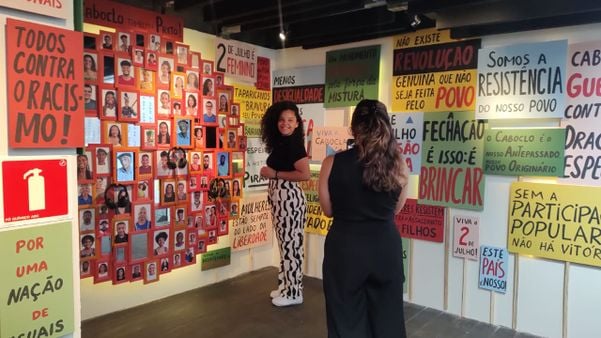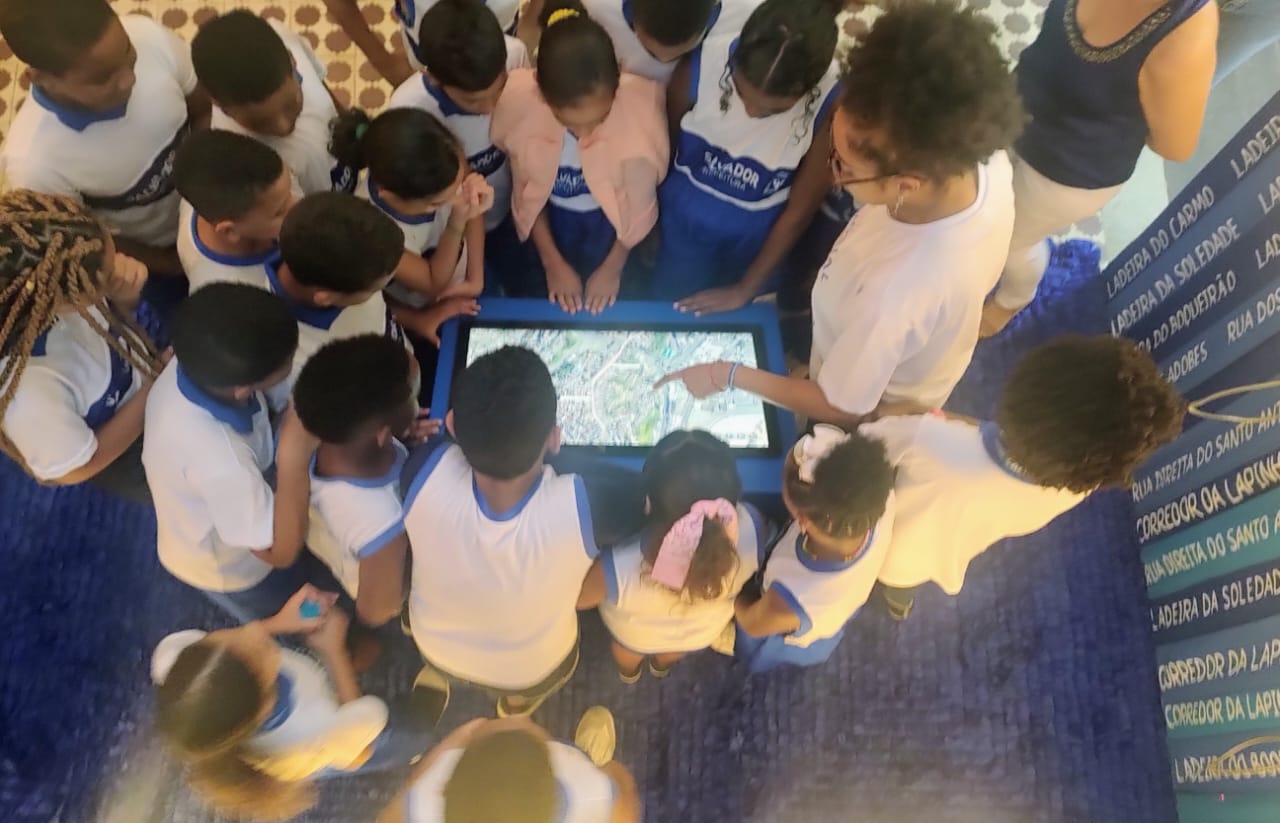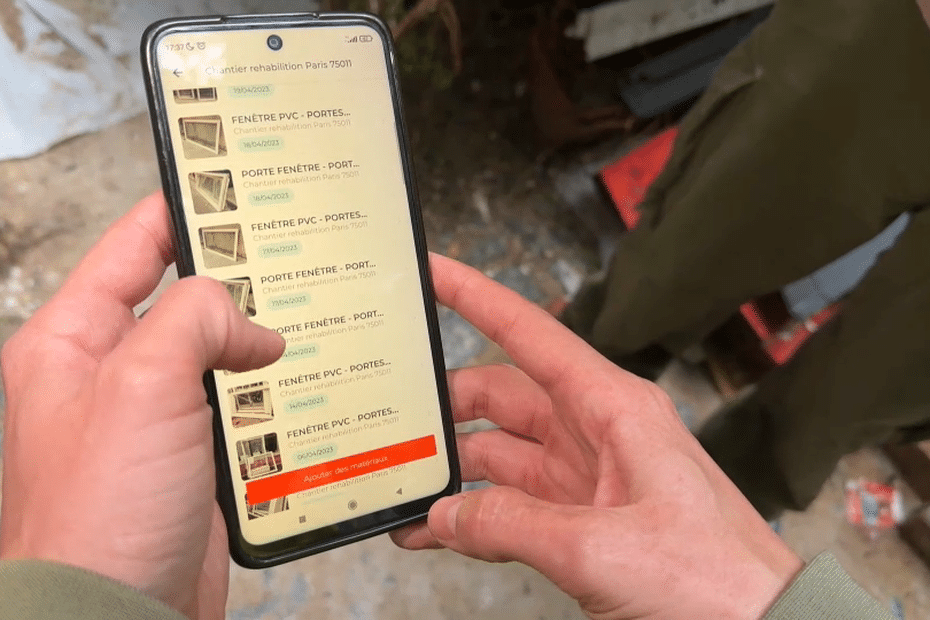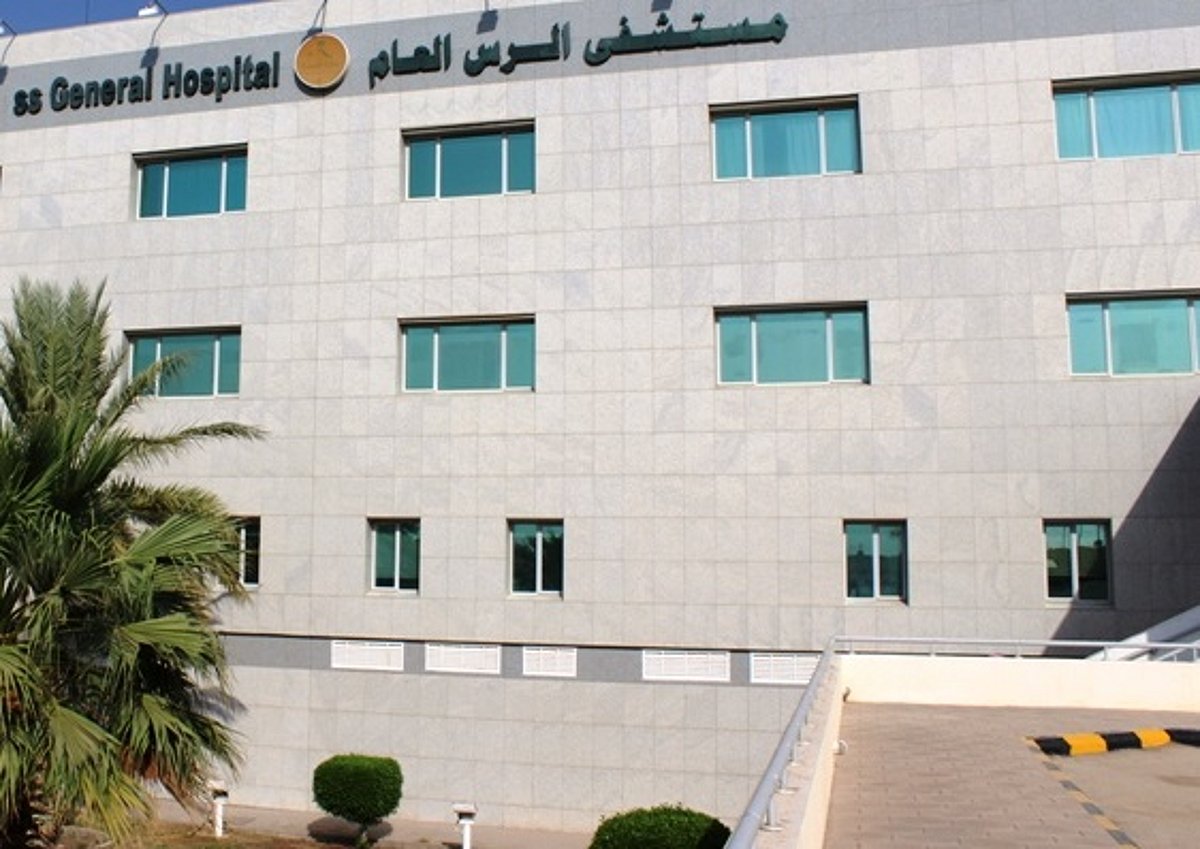Number 26, Largo da Lapinha, in the center of Salvador, has a new look. The shed responsible for storing the Caboclo and Cabocla cars that parade in the July 2 parade was transformed into a memorial in honor of the date and opened this Monday (17). In the first two months, visits will be scheduled and priority will be given to student groups. After that period it will be open to the general public.
The building is not listed and is not in a listed area, but the new project has preserved the facade and internal structures. Before, the Pavilhão 2 de Julho was just a shed, made up of four walls and a roof. Now, the site has been transformed into an interactive museum, with two mezzanines that tell the story of the battles and heroes of independence through text, audio, video and photography.
The co-author of the property’s architecture project, Nivaldo Andrade, said that the façade, floor, walls and roof of the building were preserved. The floor was worn out and needed to be redone, the others were restored in their original molds and colors. The back wall was knocked down so that the backyard could be integrated into the rest of the space.
“The first challenge was to transform a very simple building into a cultural facility that could receive groups of students and tourists. We placed all the support and service parts, such as the elevator and stairs, at the back and internally we created a walkway and two mezzanines. We used metal structure and glass to maintain the spaciousness of the environment, ”he explained.
The Caboclo and Cabocla cars received a special place in the center of the building, whose walls were covered with stories about the liberation process of the Brazilian people in Bahia. On the ceiling, golden flags represent the feeling of hope and renewal at dawn. Mayor Bruno Reis (União Brasil) made the official inauguration, toured the memorial and said that the space is a tribute to the bicentennial of Independence.
“This place allows for a historical rescue, for Brazil and for Bahia, of an important moment for that nation, with the story of Independence told from the first battles. In this way, we can celebrate even more this date, which gives strength to the people of Bahia, inspires us and gives courage, and can now be perpetuated for future generations”, he said.
The investment was R$ 3.5 million. The goal is for people from Salvador and tourists to visit the site, and for schools to use the exhibition, which will be permanent, for tours and lectures. The building belongs to the Geographical and Historical Institute of Bahia (IGHB), since 1917, and was ceded to the Municipality. The president of the institution, Joaci Góes, highlighted the importance of the exhibition.
“Many Bahians don’t know what the 2nd of July party means, just like in the rest of the country. It was a mistake on our part to think that the party itself would lead people to understand what they were celebrating. The greatest meaning of this museum is the possibility that the visitor will have to hear part of this history, and know this memory”, he said.
Students from the Vila Vicentina Municipal School, in Liberdade, were at the memorial and took advantage of the interactive activities, such as the public telephones installed on the ground floor that, when removed from the hook, tell funny stories that occurred at the party, and the digital totems that are activated by touch. In addition to the restoration of the Pavilion and the inauguration of the Memorial, Largo da Lapinha was also renovated.

Museum tells the historical, religious, civic and carnival side of the party
The visual artist and curator of the exhibition, Lanussi Pasquali, explained that the memorial explores several aspects of the 2nd of July and also important moments of the party, such as the year in which they tried to stop the parade, or when Cabocla was kidnapped and also the occasion in which that Caboclo’s plume was stolen.
“We always start thinking about who were the people who kept this party alive for 200 years. We worked on the historical trajectory with the uprisings, the devotion to the Caboclos and the incorporation of faith and religion, the civic part that celebrates this achievement and the carnival sense. There are three universes that happen at the same time and in an integrated way”, he said.
Part of the collection was built during the 2023 parade, with photographs of the people who were in the procession and capturing the sounds emitted by fanfares, marching bands, sambas, chants and voices. This is the first museum in Salvador dedicated to the struggles of the 2nd of July and the process of Independence of Brazil from Bahia. The president of the Gregório de Mattos Foundation (FGM), Fernando Guerreiro, celebrated.
“Today, we have a Caboclo house that can be visited all year round, in addition to being a boost to trade and tourism in the Lapinha region. Those who come will find a remodeled square and a reformed church. This is the first museum dedicated to the 2nd of July festival, we hope that others will appear”, he said.
In the first two months, visitation will be free and by appointment, through Municipal Secretary of Culture and Tourism (Secult). Student groups will have priority. After that period, the site will be open to the general public. Tickets will cost R$ 20 (whole) and R$ 10 (half). Open from Tuesday to Sunday, from 10 am to 5 pm.
Check out the structure of the space:
Ground floor – It’s where the carriages with the caboclos are, public telephones with funny stories of the 2nd of July party told by the revelers and an interactive totem with the route of the party and a digital map showing points of the history of the celebration.
1st walk – It’s home to more than 100 portraits taken during the bicentennial, interviews with people directly involved in the party and a wall with phrases taken from these interviews that reveal the timeless political tone of the 2nd of July.
2nd walk – It is where the most robust collection of expography is located, where people can read, study and interact, through a timeline. Historians tell the story of the 2nd of July as if it were a conversation.
News – The Pavilion’s walls were restored in the 1950s, with the names of soldiers, fighters and battles that were part of Independence. A hand-sewn patchwork will include names that were not engraved on the walls in the past, such as Maria Quitéria, Joana Angélica, Maria Felipa and Urânia Vanério.


